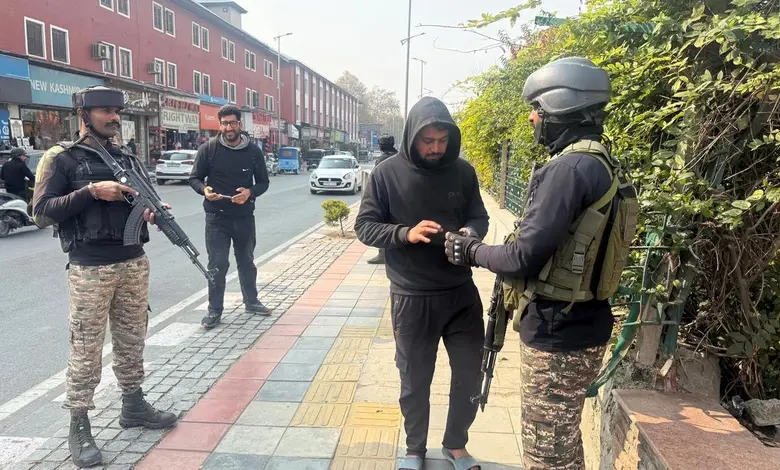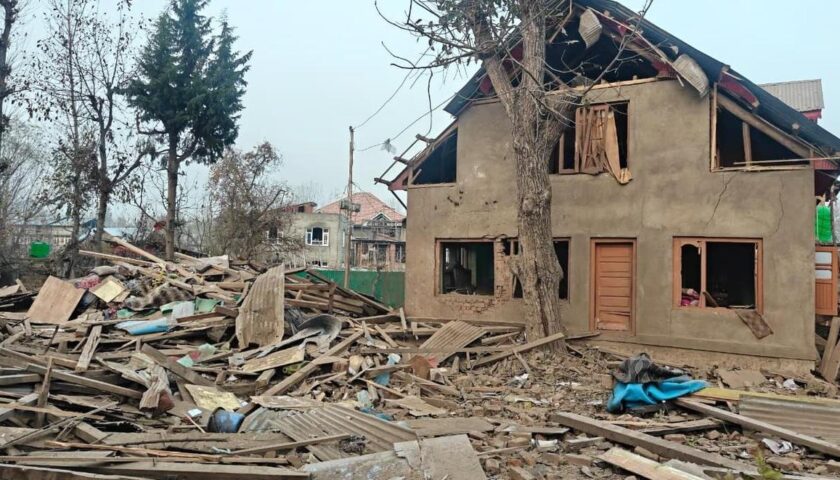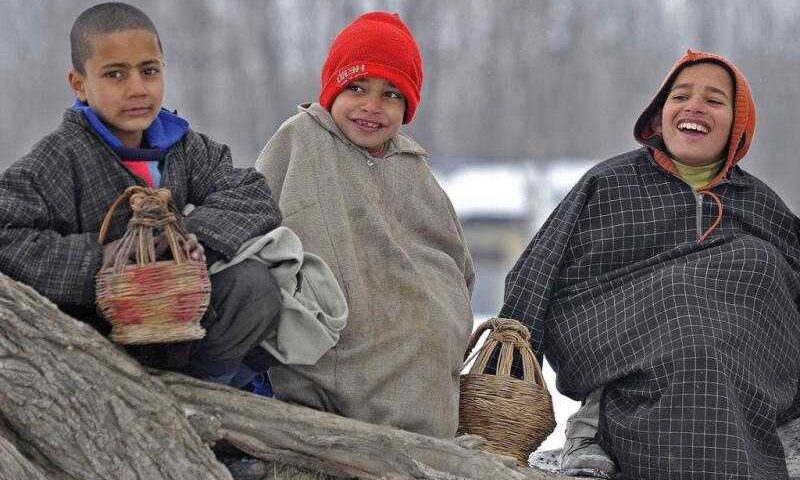Kashmir Under Siege: 600+ Detained in Post–Delhi Blast Crackdown
Javid Amin | Srinagar | November 13, 2025
Kashmir is witnessing one of the largest security crackdowns in recent years after the November 10 Red Fort blast in Delhi that killed 13 people and left the nation shaken. More than 600 individuals have been detained and over 500 coordinated raids have been conducted across South and Central Kashmir—an operation officials say is aimed at dismantling a dangerous “white-collar terror module.”
But the scope and nature of the crackdown have ignited intense political backlash, public fear, and a renewed debate over civil liberties in a region already scarred by decades of surveillance and conflict.
600+ Detained, 500+ Raids: Kashmir Gripped by Sweeping Operation
The raids began within hours of the Delhi blast, intensifying over the week as the investigation revealed unexpected names—doctors, teachers, paramedics, clerics, engineers, and even government employees.
Security agencies targeted districts including:
-
Pulwama
-
Shopian
-
Kulgam
-
Anantnag
-
Budgam
-
Kupwara
According to senior police officials, the operation is designed to expose a sophisticated “white-collar ecosystem” that allegedly enabled the Delhi blast and was planning additional coordinated attacks.
A top intelligence officer said:
“We are dealing with radicalized professionals who appear normal in public life but are deeply embedded in logistical and ideological support for terror groups.”
While authorities maintain these are detentions for questioning rather than formal arrests, families describe midnight knocks, sudden disappearances, and minimal information.
The Rising Threat: The ‘White-Collar Terror Module’
Investigators believe the Red Fort blast was not the work of conventional militant cells but of a new generation of radicalized professionals working discreetly through encrypted groups, foreign travel networks, and academic/social circles.
Under investigation:
-
Doctors who allegedly facilitated movement of suspects
-
Teachers and professors accused of ideological indoctrination
-
Government employees with access to sensitive data
-
Clerics suspected of recruiting educated youth
-
Paramedics and health staff who acted as cover operatives
One officer described this network as:
“A silent architecture—educated, well-dressed, respectable people hiding radical intent behind degrees and jobs.”
The triggering point was the arrest of Dr. Mohd Umar, believed to have been driving the explosive-laden Hyundai i20 that detonated near the Red Fort Metro Station.
His background—brilliant student, respected doctor, and allegedly radicalized online—has unnerved Kashmir’s entire educated middle class.
Security vs Civil Liberties: A Battle Rekindled
The crackdown has opened a fresh front in Kashmir’s long-running debate: Where does national security end, and where do civil rights begin?
Invoking UAPA and Property Attachments
Legal experts warn that:
-
Detentions can lead to prolonged custody
-
Homes may face attachment
-
Cases may fall under UAPA, making bail extraordinarily difficult
Civil society groups argue that this approach risks:
-
Widespread alienation
-
Trauma among families
-
Erosion of public trust in institutions
-
A chilling effect on Kashmir’s educated youth
A prominent Srinagar academic said:
“We condemn terrorism. But when educated professionals are rounded up without clarity, the message is frightening.”
Political Tempers Flare: Mehbooba Mufti and Omar Abdullah Speak Out
The sweeping operation has triggered fierce political reactions.
Mehbooba Mufti’s Strong Rebuke
PDP chief Mehbooba Mufti condemned the blast but criticized the nature of the crackdown:
“This is not counter-terrorism. This is collective punishment.”
She warned the government against criminalizing families or communities based solely on suspicion.
Omar Abdullah Raises Alarm
National Conference vice president Omar Abdullah echoed similar concerns:
“Stop treating all Kashmiris as suspects.”
He urged authorities to draw a clear line between genuine suspects and innocent civilians caught in the dragnet.
Both leaders have demanded transparency, judicial oversight, and immediate review of detentions.
Fear Spreads Among Professionals
Kashmir’s middle class—doctors, engineers, teachers, IT workers—are experiencing deep anxiety.
Several professionals reported:
-
Sudden police visits
-
Calls for questioning
-
Scrutiny of foreign travel
-
Fear of social stigma and job loss
-
Caution in digital communication
A young doctor from Anantnag said:
“We already work under stress. Now we fear being picked up for things we have no connection with.”
The Road Ahead: Justice or Overreach?
The Delhi blast has undeniably exposed a disturbing trend—educated individuals operating as covert enablers. But civil rights activists argue that unchecked crackdowns risk widening mistrust between the public and the state.
Key questions now dominate public discourse:
-
Are all 600+ detentions evidence-based?
-
Will UAPA become a default tool instead of a last resort?
-
Can sweeping arrests actually dismantle ideological networks?
-
Will Kashmir’s educated youth become collateral damage?
-
Is the crackdown proportionate to the threat—or an overreach?
As Kashmir watches closely, one thing is certain:
the investigation is far from over, and the Valley is once again caught between security imperatives and civil liberties.




